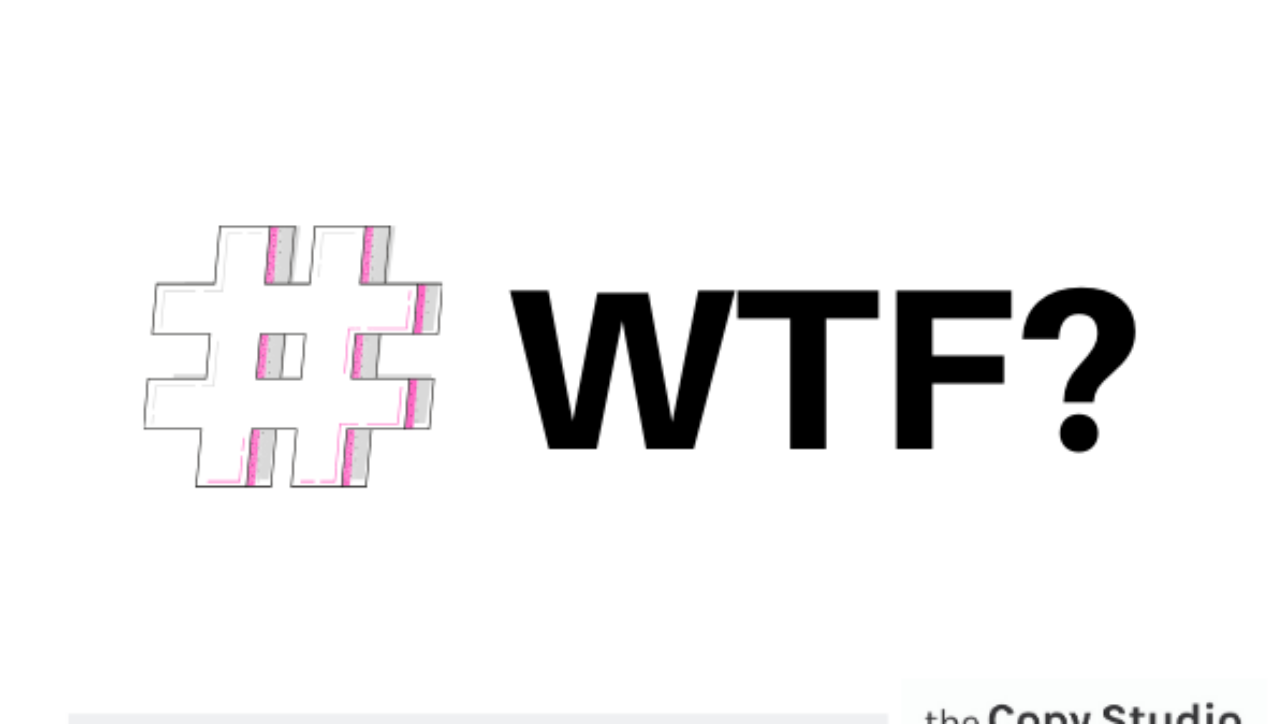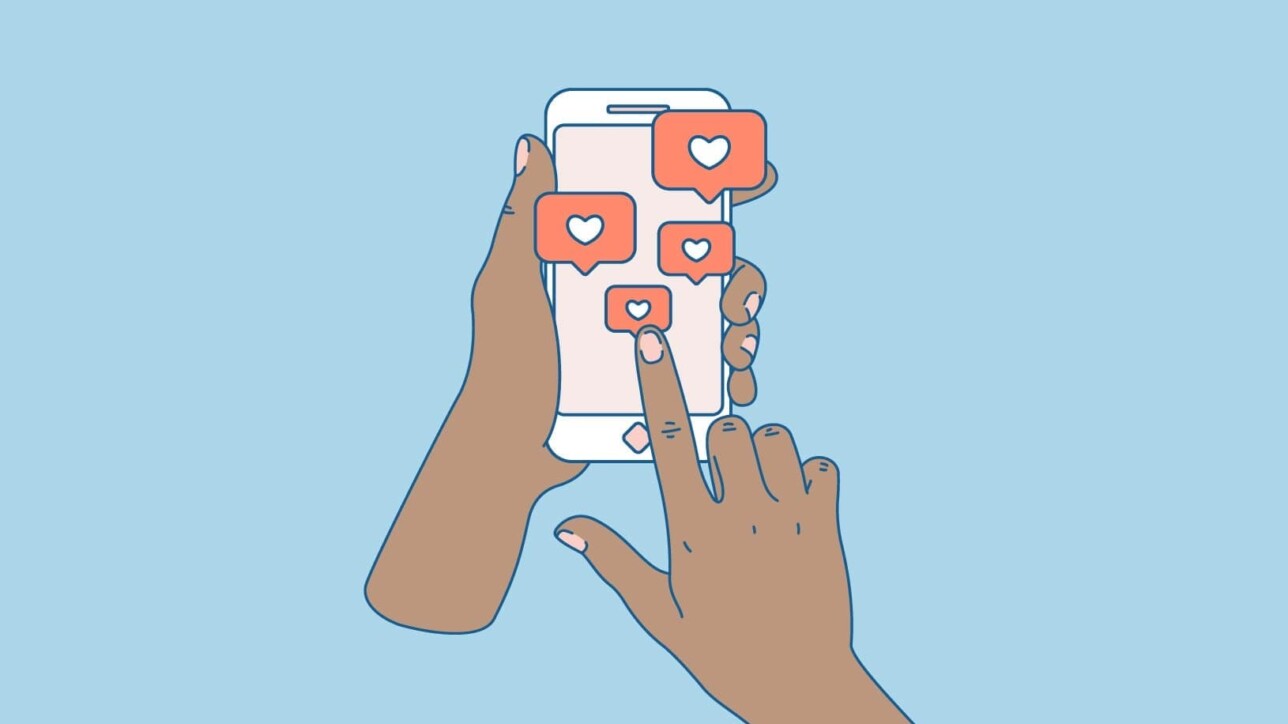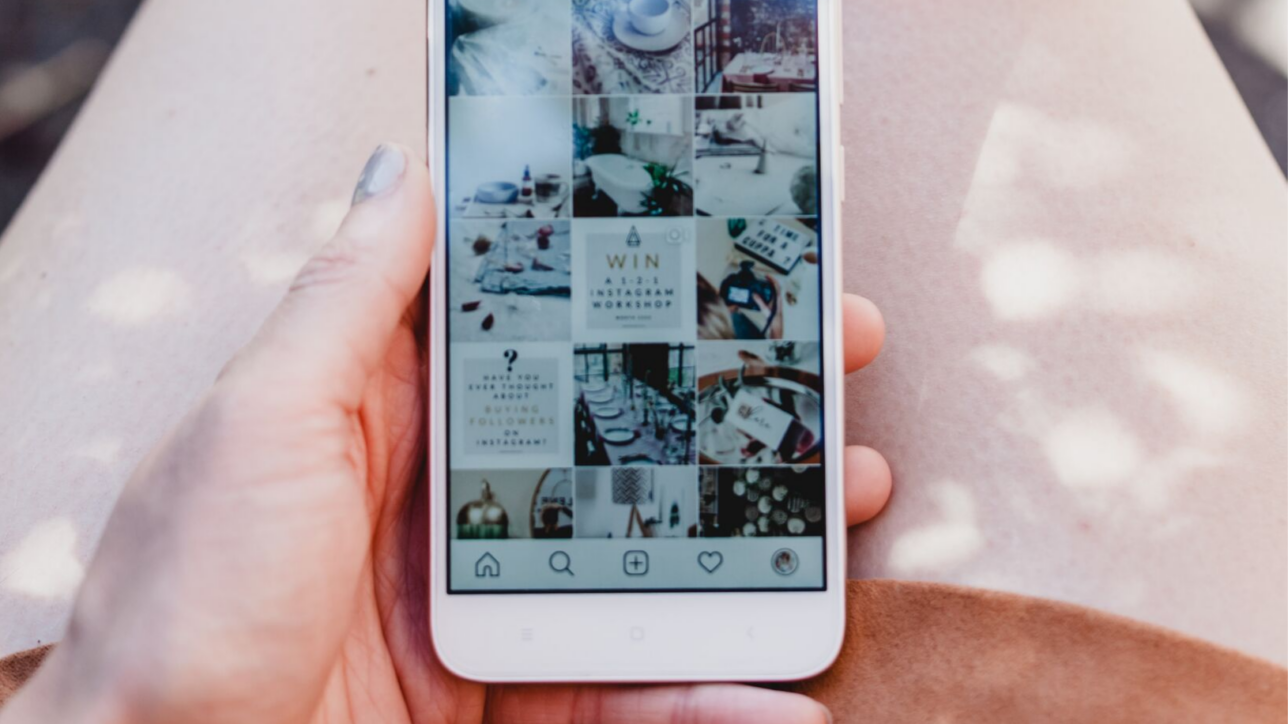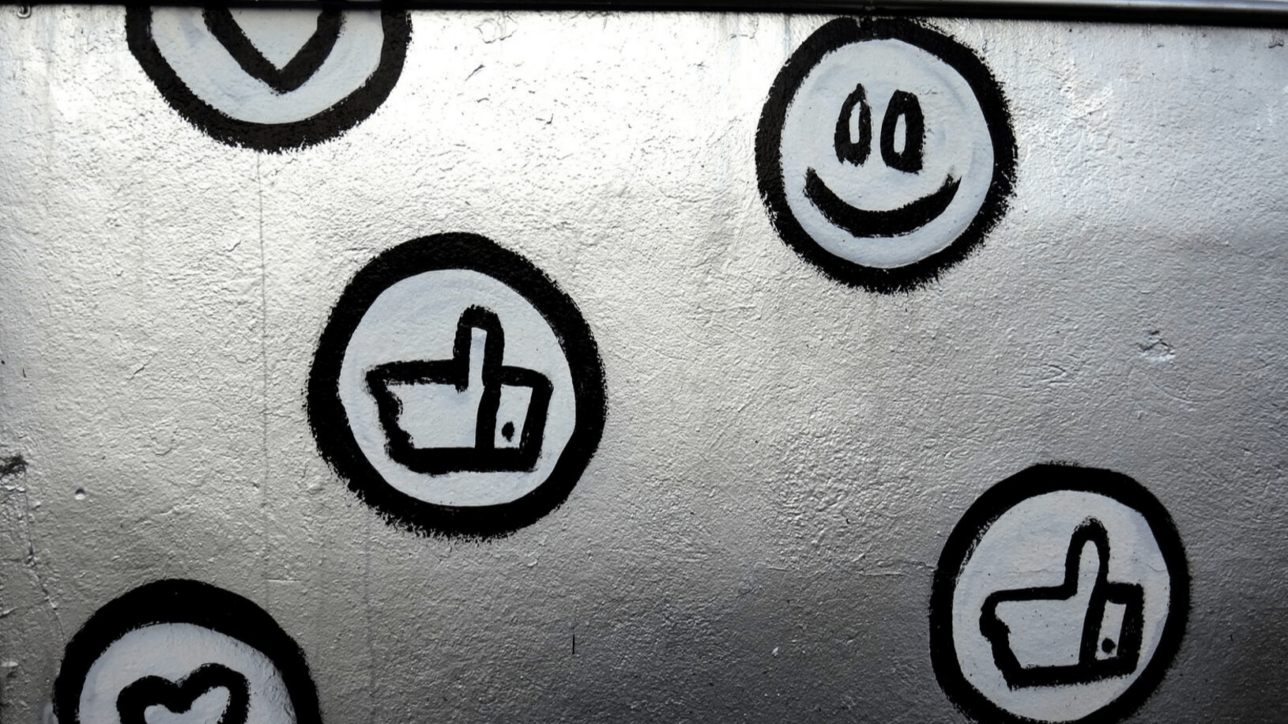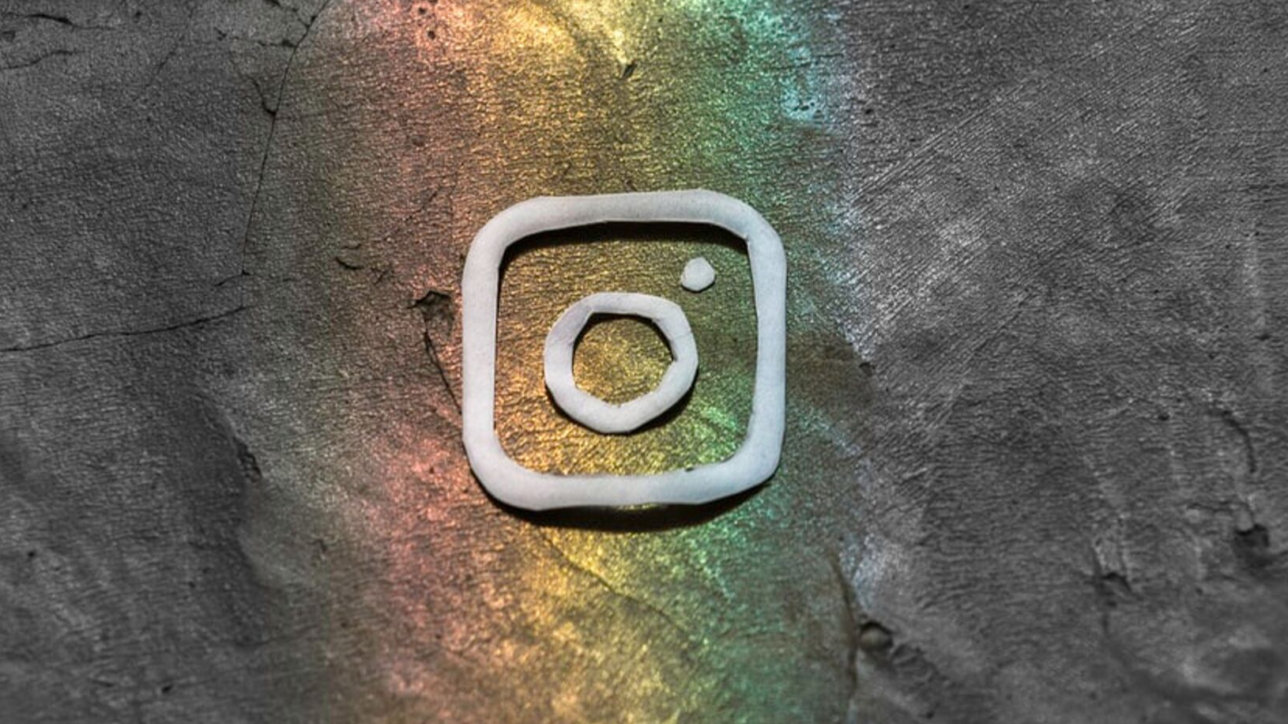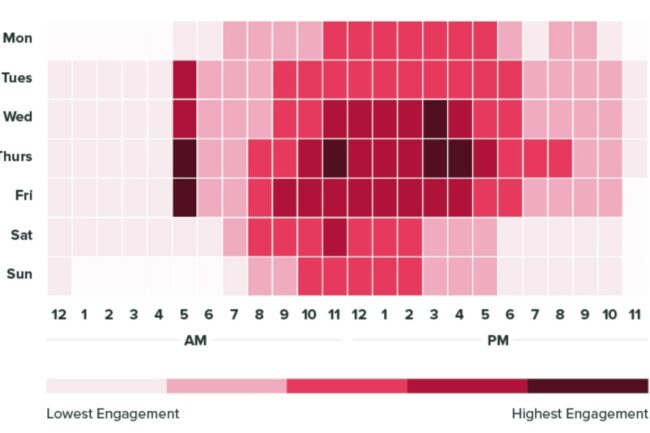Some brands on social media are just… awkward.

People love to hate and should your brand get it wrong on social media, you can expect to hear about it quickly. Really quickly.
Let’s get into what you should avoid doing on social media. At. All. Costs.
1. Obvious self-promotion
We see this all the time, especially in small business. If you view social media as just another sales channel then you have an issue. Sure, go mad on selling yourself on the paid social side of things (dark posts) because that’s what it’s there for but on organic posts (the ones that are on your feed)? Use the 80/20 rule. 80% useful (informative, entertaining, inspiring) 20% promotional.
Switch it around and spend 80% of your time promoting yourself and watch how quickly your audience numbers and engagement rates take a dive. Not everything is about you and your 70% off sale.

2. Too much AI
Sure, AI is cool and slick and great. What’s not great is when it provides a crappy user experience. Let’s take customer service bots on Facebook Messenger as an example. Unless it’s actually more efficient and provides a faster, better customer experience than a real-life employee, don’t do it. On top of this, a bot is usually rigid and has no personality. Don’t risk alienating your existing and potential customers just because bots are trendy and your competitor has one.

3. A crappy apology
Brands get it wrong on social all the time. And an apology isn’t hard to get right if it’s authentic and from the heart. Problem is, some brands do a really crappy job of admitting when they got it wrong. Take the New England Patriots as an example. As the Patriots’ Twitter feed neared one million users, they set up an auto-response to thank their fans as they became Twitter followers. The error came when they automatically thanked a user with a racist name, retweeting the offensive Twitter handle in the process. The team realised its mistake and issued this apology.
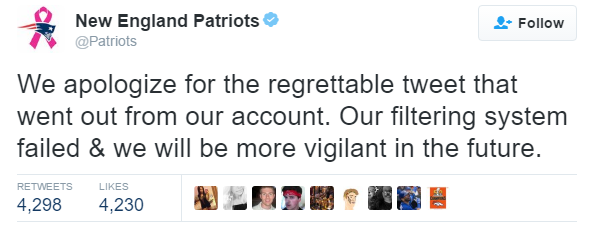
Okay, Patriots. It was the systems’ fault. In other news, here’s a FANTASTIC apology from KFC.
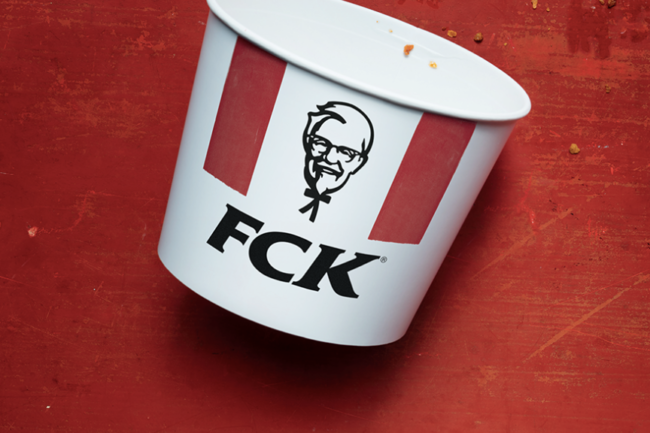
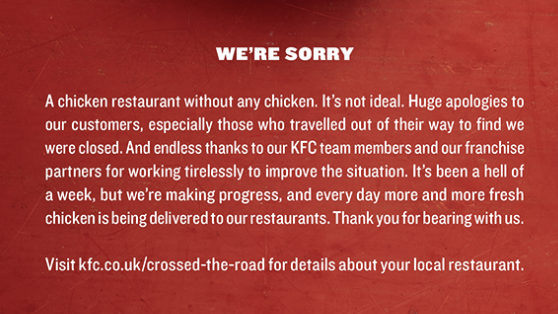
Some key ingredients of a good apology:
- Accept responsibility
- Acknowledge the other person’s feelings
- Don’t make excuses
- Commit to being better
4. Not listening
OMG is this a bugbear! Social media is not a billboard campaign. When you’re crafting every post with the goal of actively encouraging engagement, at some point you’re going to receive less-than-positive feedback. Don’t ignore complaints, don’t delete negative comments. Social media is a democracy. If you’re on the socials then you gotta be prepared that not everyone will like what you have to say and that’s okay. But for the love of god don’t delete negative feedback because your ego can’t handle it. Instead, take the opportunity to learn from the comments.

5. Acting too cool
Some brands try hard. Way too hard to be something that they’re not. Of course, some brands win by being witty and weird but it doesn’t mean you have to do the same.
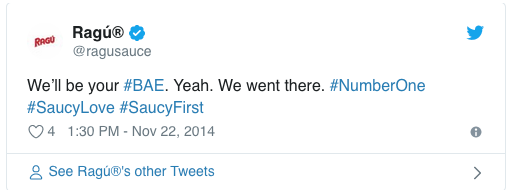
6. Using hashtags when you don’t know how to use hashtags
Of course you’ve squinted at a hashtag before and thought… what is that meant to say? Or worse, you see a company who hasn’t thought out or researched their hashtags. Like the #LoveDP campaign from Dorothy Perkins. Or #McDStories – which went from hashtag to bashtag, real quick.
Don’t crash and burn – be diligent and do your research before you start creating hashtags for you brand and campaigns.





